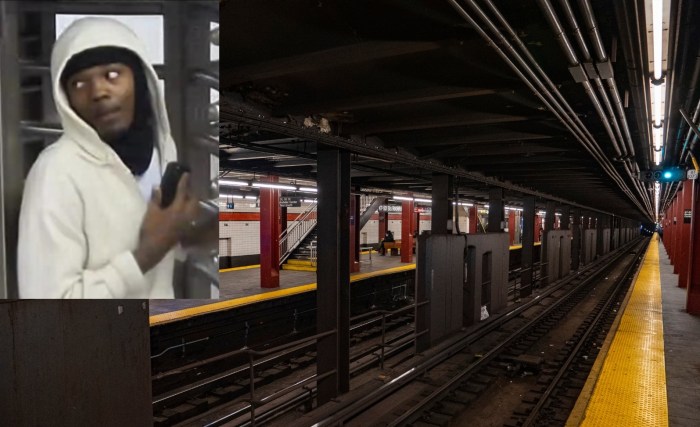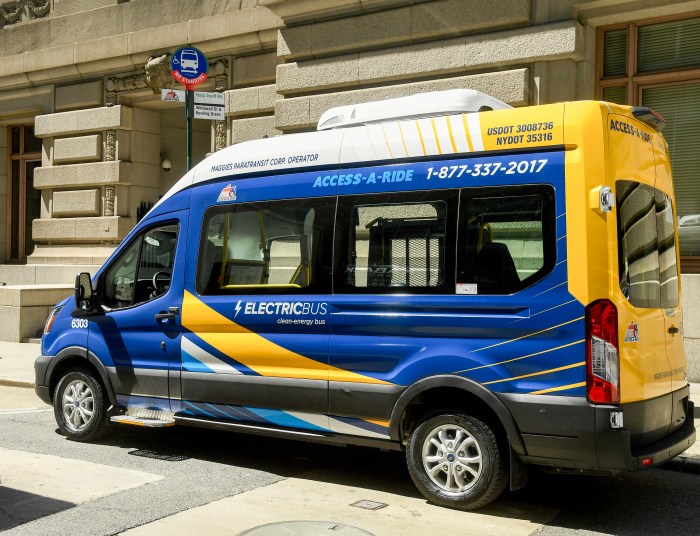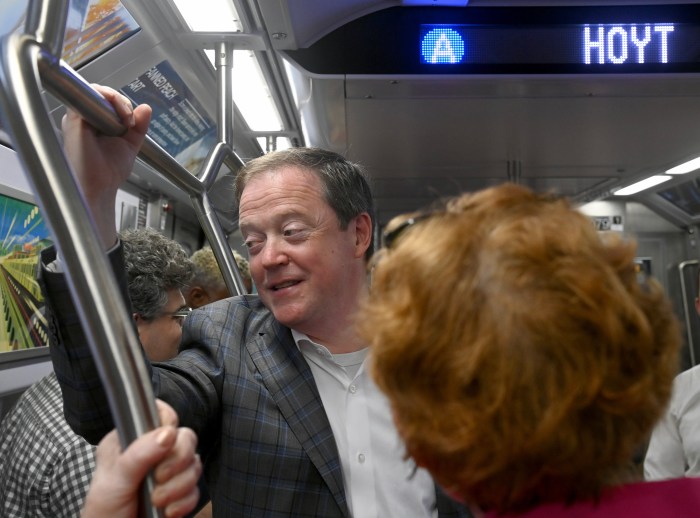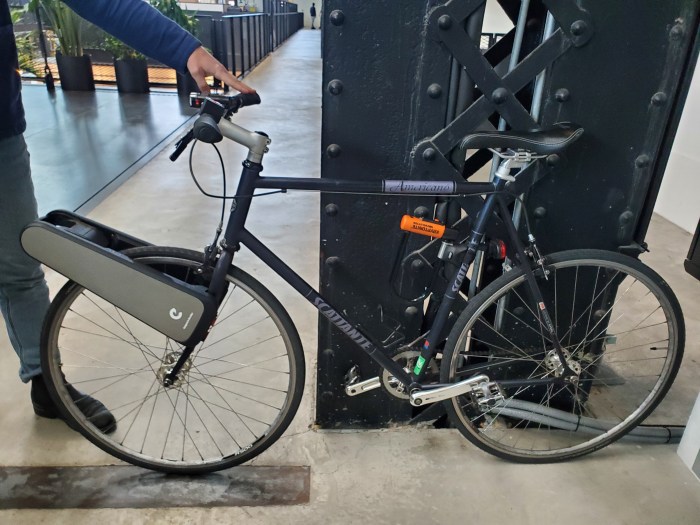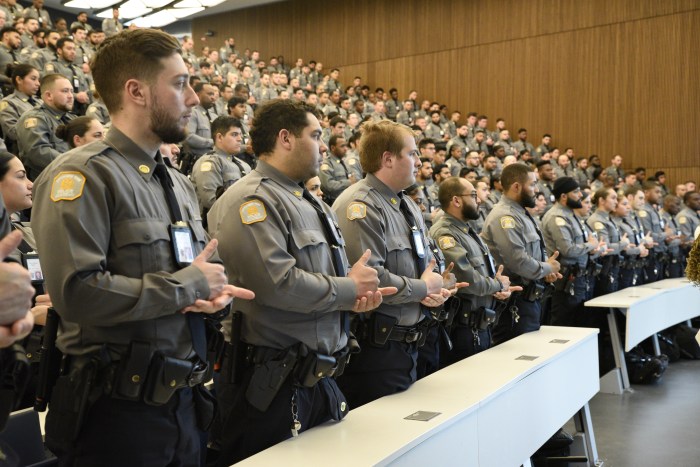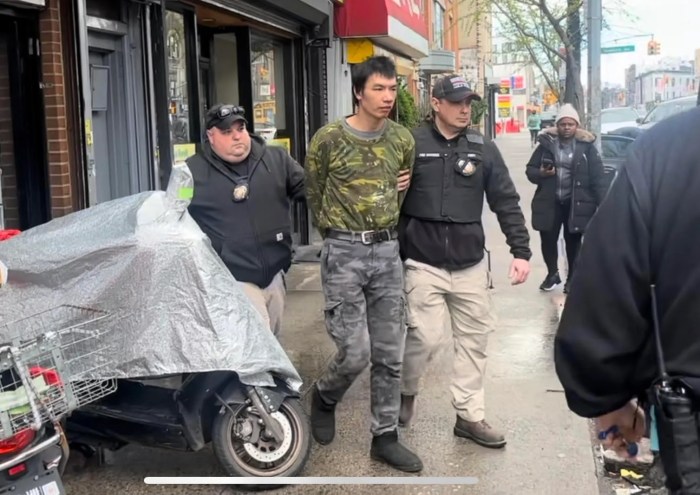Riders got some rare good news from the MTA Wednesday — it has $1 billion more than it expected.
The MTA said the boost to its five-year operating budget since its February projection was derived many factors, including higher revenue from real estate taxes, increased subway ridership, and more drivers going over its crossings than anticipated. The agency has also slashed operating costs.
Some officials called for the MTA to revisit planned fare hikes in 2015 and 2017.
“I think we should take a look at our fare and toll policy to determine whether we can, in some capacity, give our riders a break,” said board member Mitch Pally. “Maybe that means eliminating, or reducing again the 2017 fare increase or the 2019 fare increase to ensure that we give something back to them.”
MTA chairman Thomas Prendergast said any fare increases need to be predictable so riders can budget — and that the capital plan needs to be fully funded. The plan, which pays for keeping the subway in good condition and big projects like the Second Avenue Subway, faces an almost $15 billion deficit.
“If we can lower the amount of the fare increase, we will do so,” chairman Thomas Prendergast told reporters after the board meeting.
The MTA plans to use $700 million of this new revenue to fill its capital plan deficit. It might use it as cash for the plan, or use it to borrow against through bonds.
“It still falls well short of what is necessary to keep our network in a stage of good repair, much less to improve its operations and expand its reach,” Prendergast said in a statement.
It also plans to spend almost $80 million on fighting subway delays — which includes staging workers to make quick repairs, and adding staff to platforms to get people in and out of subway cars faster.
Select Bus Service, which speeds up routes with dedicated bus lanes and by having riders pay their fares on the street, will get a $62 million boost. Mayor Bill de Blasio wants the service on 20 routes by the end of his first term.
“It is significant, but in the big picture you can’t rely on unexpected good news like this,” said Andrew Albert, chairman of the Transit Riders Council, on the new revenue.
“You need a new, predictable source of funding so we don’t lurch from crisis to crisis with the possibility of massive fare hikes or service cuts.”
The MTA also will spend almost $30 million on adding train service to respond to ridership trends between now and 2019. It has already paid for more service on the 2, 7, L, and M later this year to serve the higher numbers of people packing onto those trains.
Board member Allen Cappelli said the financial boost helps on the margins, but riders ultimately need long-term relief from Albany for capital funding.
“Government is just adding to people’s misery and pain. Albany should be sensitive to the conditions that exist underground,” he said. “If you’re waiting for a subway and you can’t get on — you miss two or three trains and you’re late for work, it has an impact on your life.”










